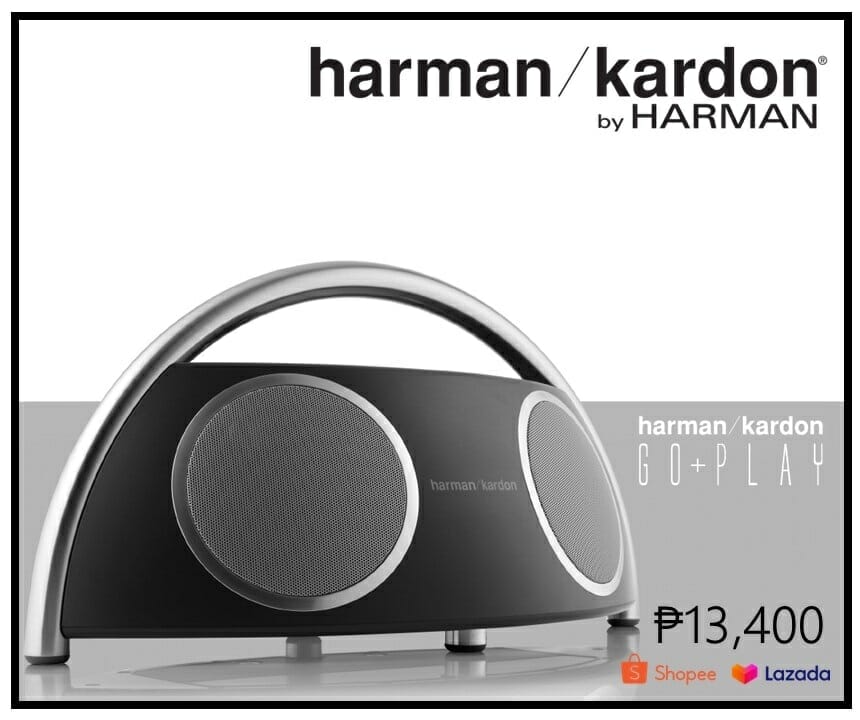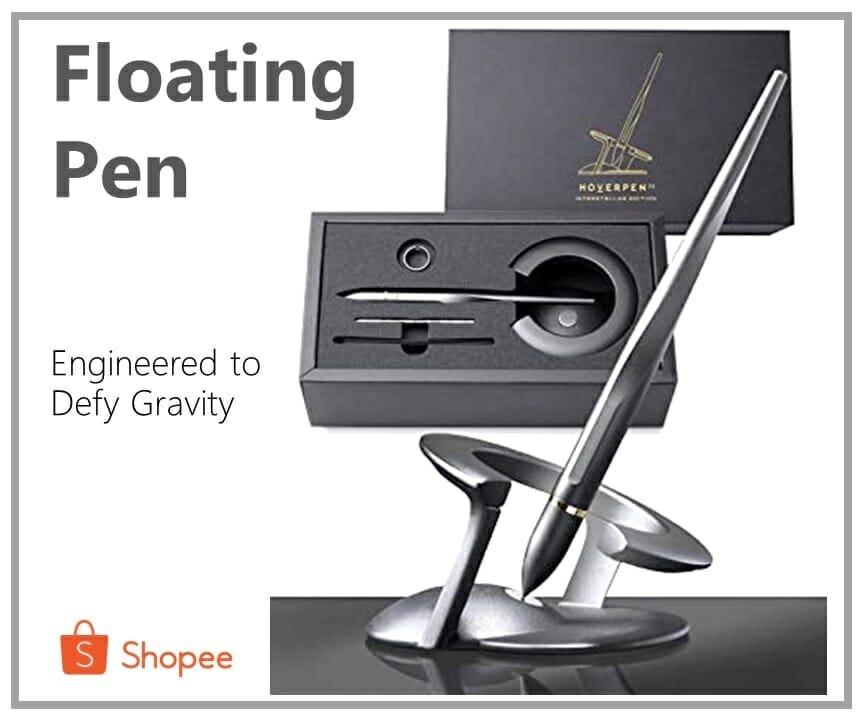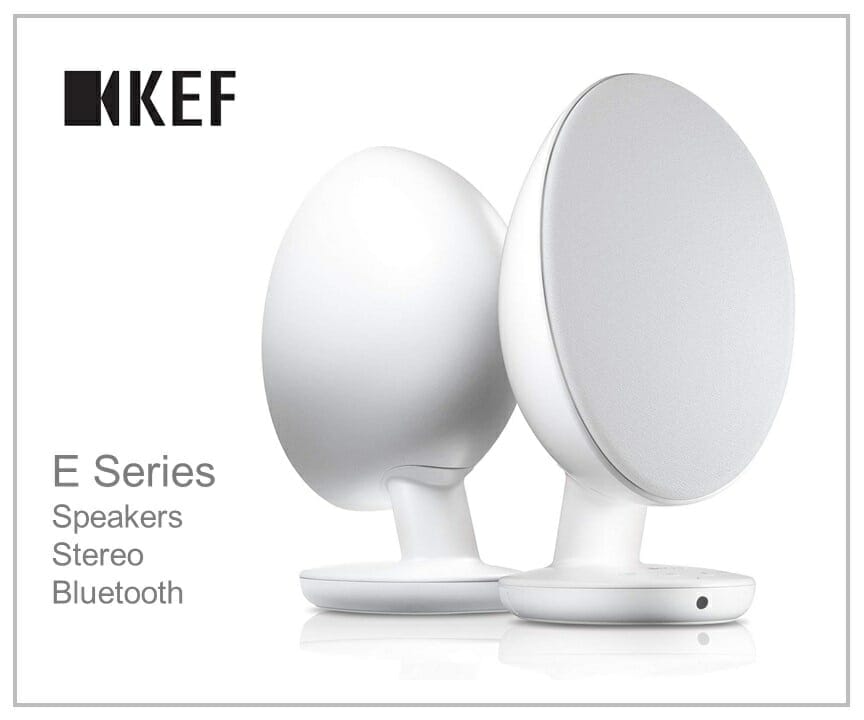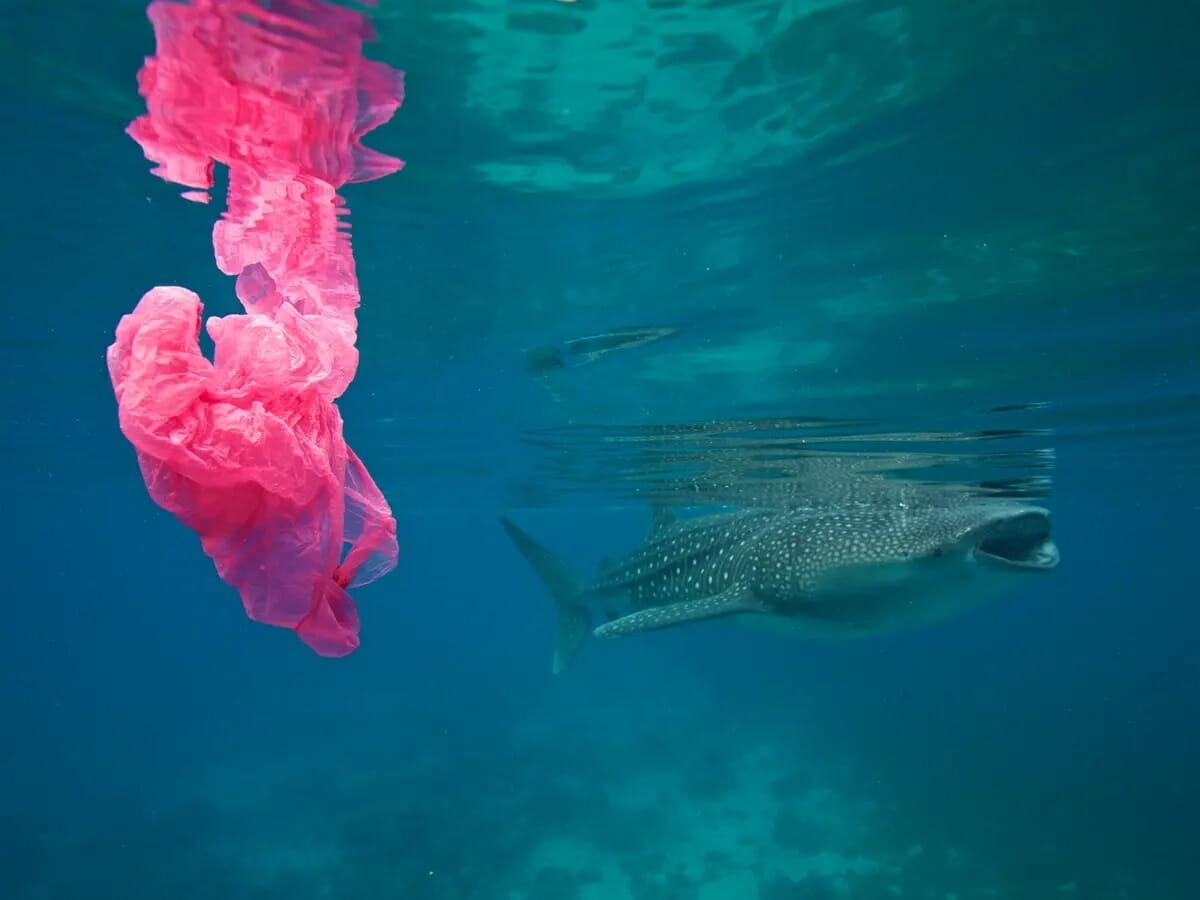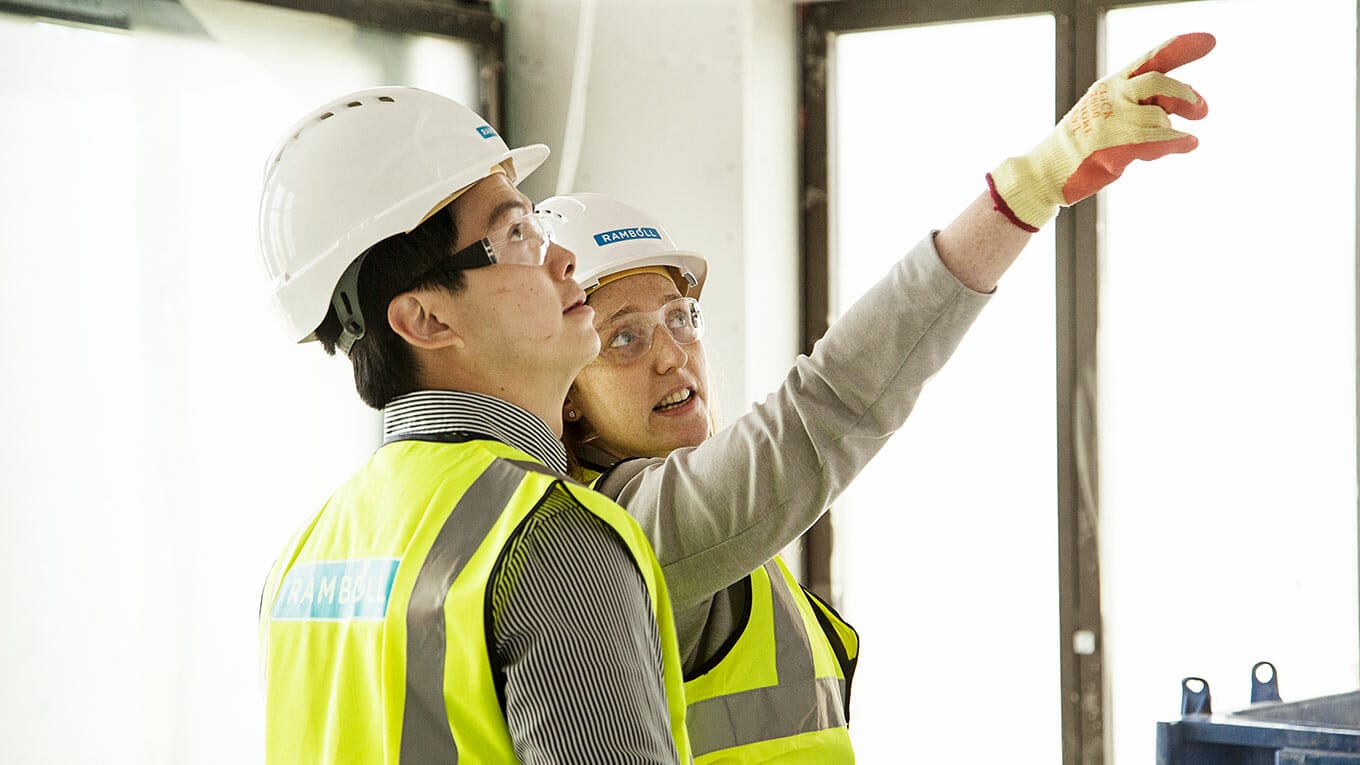Toxic algal blooms are a problem that is globally increasing due to nutrient pollution and climate change. Although using chemicals may temporarily relieve the problem, it does not offer a solution. Now an alternative method for chemical algae control is available. Based on acquiring big data, artificial intelligence, and ultrasound, this novel method can control algal blooms on large water surfaces without disrupting the ecosystem.
This article is written by written Lisa Brand, CTO of LG Sonic
Toxic algae blooms are increasing globally in our waterways, causing various health-related issues and environmental degradation. Climate change and pollution lie at the source of most algal blooms, making it a problem that is not easy nor quick to solve. Nitrogen and phosphorus form the main food sources for algae, which enter our waterways through pollution from industrial or urban sources. These nutrients may build up in the sediments of our lakes and waterways, providing food for algae for years, even when nutrient inflow to the lake has already stopped.
Blue-green algae, also known as cyanobacteria, may cause illness in humans and kill animals because they can produce a variety of toxins and release them in the water. In drinking water production, algae growth may hinder the treatment process by clogging up filters, increasing THM formation, and increasing the use of water treatment chemicals. In addition, taste and odor molecules produced by blue-green algae give the water a foul taste and odor, which is difficult to remove from the final product.

For the last 100 years, the main practice of water treatment plant operators to remove algae from their reservoirs has been the addition of chemicals. Chemicals dosed in our waterways may include copper sulfate, other algaecides, and metals (Fe, Cu, Ag, Al, Ca). Although these methods are considered fast-working and economical, their impact on water’s ecological balance cannot be disregarded. Effects of chemical algal control may include toxicity, lysis of the algal cells, and non-target response, which will lead to a degradation of the overall quality of the water.
Based on a European Research project, LG Sonic has developed a method to control algae in freshwater lakes selectively and reservoirs called the MPC-Buoy (Monitor, Predict, Control). In-situ monitoring equipment detects and determines algae species and predicts blooms based on water quality parameters. The MPC-Buoy controls algae using relatively low power, an ultrasonic signal emitted over the reservoir’s surface. The ultrasound of one MPC-Buoy system can cover a surface area of approximately 50 acres. Algae rely on their buoyancy to float close enough to the water’s surface to take up sunlight. This allows them to outcompete other organisms in the water such as plants, that are also depending on sunlight intake. The ultrasound used by the MPC-Buoy systems fixes the algal cells in a deeper layer of the water column, preventing them from taking up sunlight at the surface.
Why do we need to use data to control algae?
Many different algal types can bloom in a water body. Some of these algae are plant cells, while others are bacteria. Algae may vary in size, shape, and cell characteristics. Typically, the type of algae blooms depends on water temperature and sun hours. As a result, algal types may change several times during a season. In addition to that, algae are also highly adaptive. Some algal types can resist extreme temperatures or pH values and cope with fluctuations in these conditions better than other organisms, such as plants. Because of algae’s adaptability, algae can easily resist algaecides and other treatment methods, including ultrasound.
LG Sonic has been researching the effect of ultrasound on specific algal types, different types of water bodies, and variations in water quality since 2005. In collaboration with European universities, they created a database defining optimal ultrasonic parameters for different algal species and water quality characteristics. The system continuously updates these ultrasonic parameters and prevents algae from becoming ultrasound-resistant.
The MPC-Buoy automatically monitors, analyzes, and predicts algal presence in the waterbody. For the collection of water quality data, near real-time sensors measure pH, Chlorophyll a, Phytocyanin, Turbidity, Dissolved Oxygen, and optionally nitrogen and phosphorous. Based on this information, the MPC-Buoy can determine the presence of different algal species and forecast algal blooms.
Data Sources
Using different data sources and combining those in a unique algorithm allows LG Sonic to forecast algal blooms 3 to 10 days in advance. This allows for effective mitigation strategies through the MPC-Buoy systems. Different data sources, such as hydrological characteristics of the water body and meteorological data sources can feed the algorithm. The hydrological data consists of streams of data generated by in-situ water quality measurement and remote sensing satellite imagery.
The use of remote sensing has an unparalleled advantage when forecasting algal blooms and, specifically, scum layers because remote sensing is the only data source that provides a spatial overview of water quality parameters over the entire lake. For this forecast, data from Sentinel-2 and Landsat satellites are mostly used due to the resolution. Sentinel-2 and Landsat satellites can provide a resolution between 10 and 30 meters and provide images every 5-8 days. Other satellites, such as MODIS and Sentinel-3, show images more frequently, but the resolution is generally lower, making them unsuitable for smaller lakes and reservoirs.
Near real-time sensors are used to measure pH, Chlorophyll a, Phycocyanin, Turbidity, Dissolved oxygen, Nitrogen, and Phosphate to collect in-situ water quality data. Nutrients, temperature, and oxygen can be measured at different depths in the reservoir to identify lake stratification and nutrient release from the sediments. Meteorological data is provided through different data sources. Sun irradiance is measured through an irradiance sensor installed on the water quality monitoring buoys on the lake, while wind speed and rainfall are gathered through the closest weather station.
Effective algae control
The MPC-Buoy controls algae by using relatively low power, an ultrasonic signal that is emitted over the reservoir’s surface. The ultrasound of one MPC-Buoy system can cover a surface area of approximately 50 acres. Algae rely on their buoyancy to float close enough to the water’s surface to take up sunlight. This allows them to outcompete other organisms in the water, such as plants, depending on sunlight intake. The ultrasound used by the MPC-Buoy systems fixes the algal cells in a deeper layer of the water column, preventing them from taking up sunlight at the surface. LG Sonic is running a project in Dubai in collaboration with Dubai Municipality to treat algal blooms in Al Quadra lakes. 60 days after installing systems, blue-green algae concentration was reduced by 73%.





